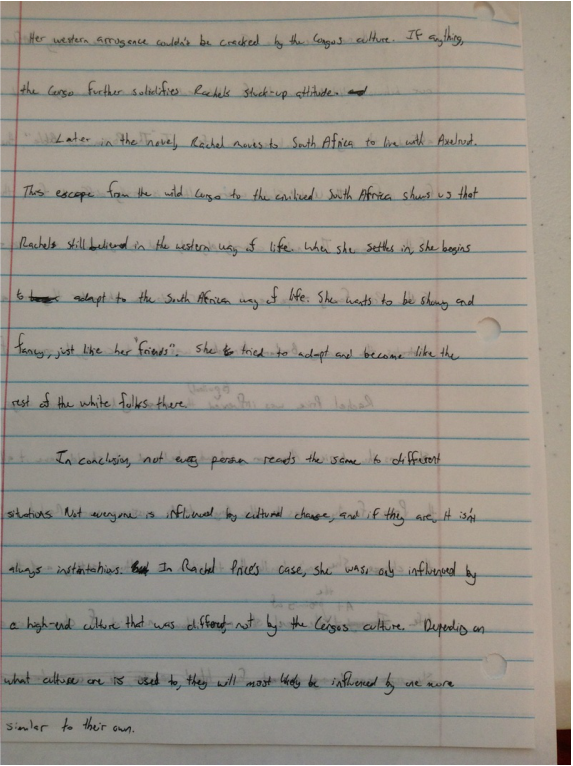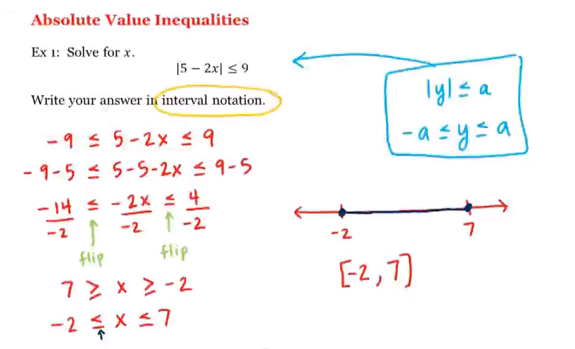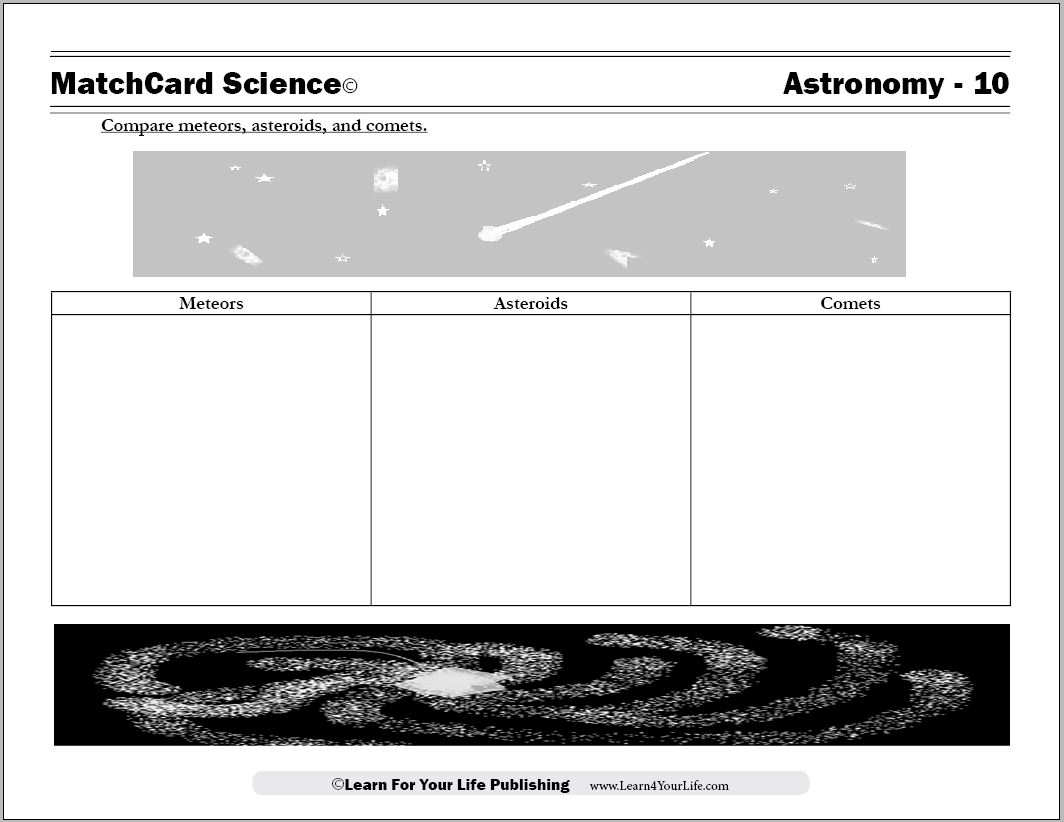Discrete-Time Signals and Systems - Pearson Education.
Discrete-Time Signals and Systems Part 1: Signal Classification As we begin our study of discrete-time signals and systems we first examine various ways to classify signals. These different ways of classifying signals include continuous-time vs. discrete-time, even or odd, periodic or non-periodic, etc.Classification of Discrete-Time Signals Energy signals and power signals The total energy of a signal x(n) is defined by An infinite length sequence with finite sample values may or may not be an energy signal (with finite energy) The average power of a discrete-time signal x(n)is defined by Define the signal energy of x(n) over the finite interval.Signal Classifications Summary. This module describes just some of the many ways in which signals can be classified. They can be continuous time or discrete time, analog or digital, periodic or aperiodic, finite or infinite, and deterministic or random.
Discrete-Time Processing of Continuous-Time Signals One very important application of the concept of sampling is its role in pro-cessing continuous-time signals using discrete-time systems. Specifically, the continuous-time signal, which either is assumed to be bandlimited or is.What we are going to learn in this tutorial: Discrete-time Systems, Classification of Discrete-time Systems. Discrete-time systems, “A set of connected parts or models which takes discrete-time signals as input, known as excitation, processes it under certain set of rules and algorithms to have a desired output of another discrete-time signal, known as response”.

Digital Signal Processing Quiz Essay (DIGITAL SIGNAL PROCESSING) 1.What are the basic elements of digital signal processing. List the advantages of digital signal processing over Analog signal processing? 2. Give the classification of signals (a) Continuous time signals and discrete time signals.











